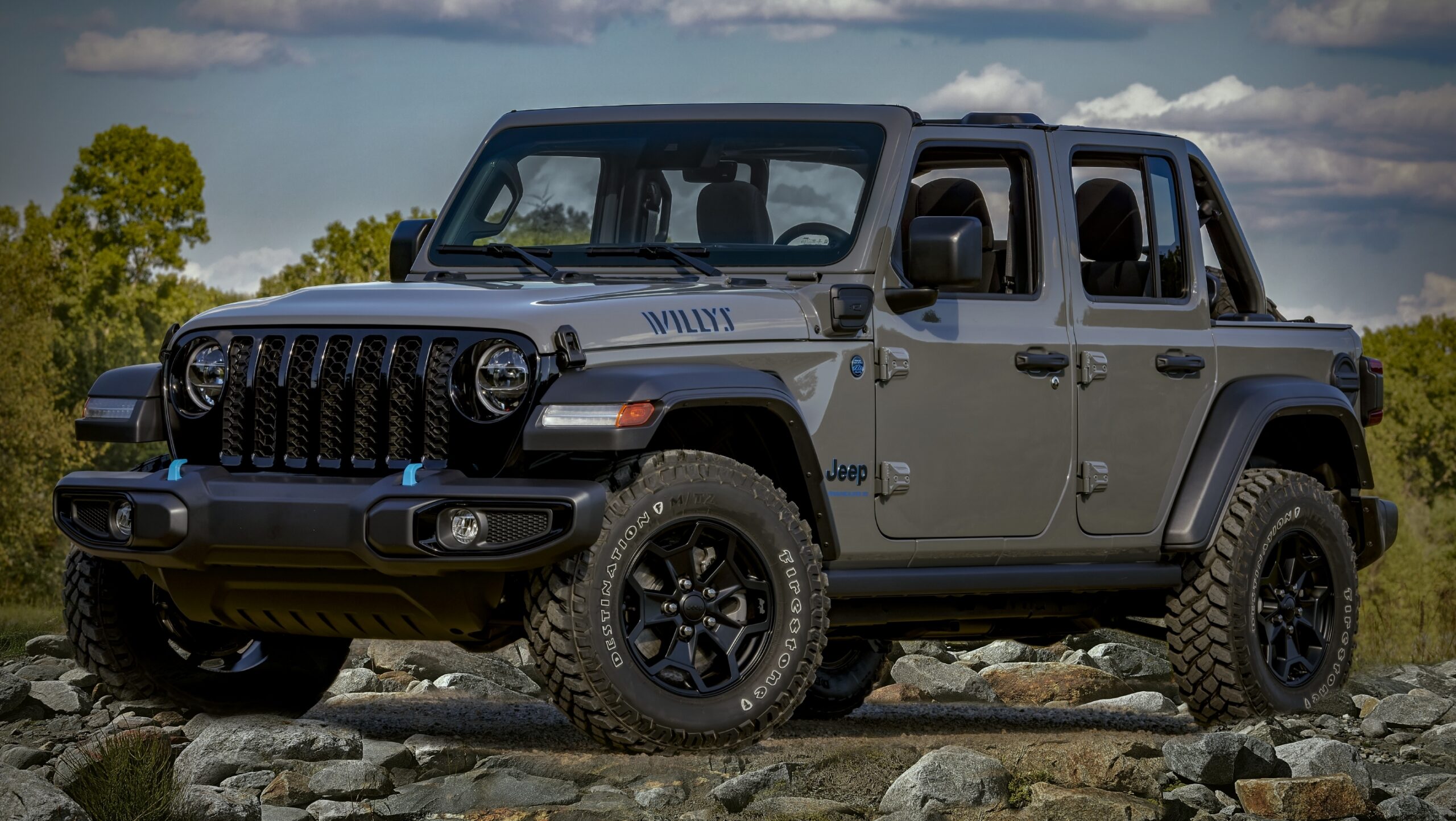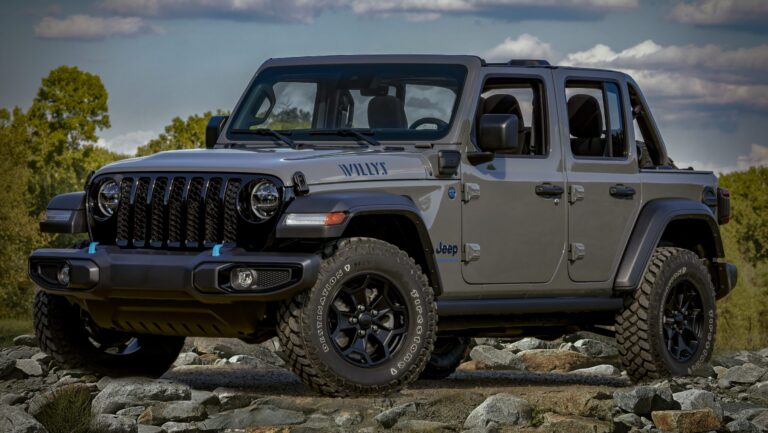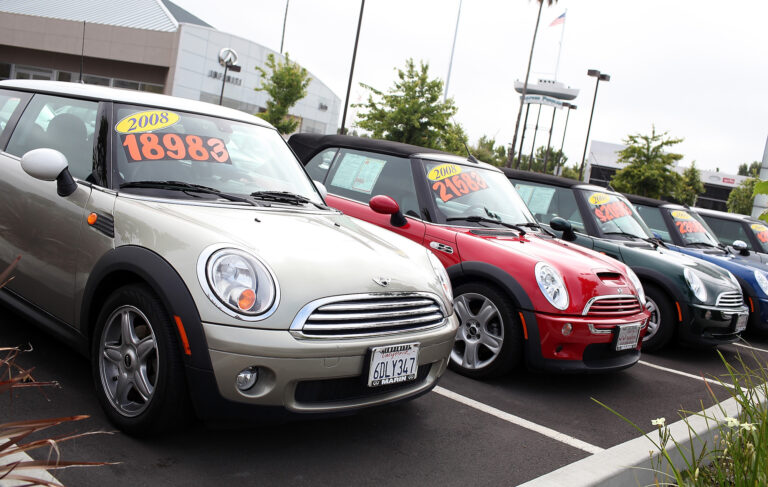Jeep Wrangler 6 Cylinder Engine For Sale: A Comprehensive Guide
Jeep Wrangler 6 Cylinder Engine For Sale: A Comprehensive Guide jeeps.truckstrend.com
The Jeep Wrangler is more than just an SUV; it’s an icon of adventure, freedom, and unparalleled off-road capability. At the heart of many of these legendary vehicles lies a robust 6-cylinder engine, a powerplant celebrated for its reliability, torque, and suitability for both daily driving and extreme trail conquering. For Wrangler owners facing an engine issue, planning a restoration, or seeking an upgrade, the prospect of finding a "Jeep Wrangler 6 Cylinder Engine For Sale" opens up a world of possibilities. This article serves as your definitive guide, exploring everything from understanding your options to making a smart purchase and ensuring a successful installation.
Whether your current engine has succumbed to high mileage, an unforeseen mechanical failure, or you’re simply looking to breathe new life into a cherished classic, acquiring a replacement 6-cylinder engine is a significant decision. This guide will help you navigate the complexities, ensuring you make an informed choice that gets your Wrangler back on (or off) the road where it belongs.
Jeep Wrangler 6 Cylinder Engine For Sale: A Comprehensive Guide
Understanding the Heart of the Beast: The Jeep Wrangler 6-Cylinder Engine
Over its storied history, the Jeep Wrangler has utilized several noteworthy 6-cylinder engines, each leaving its mark on the brand’s legacy. When searching for a replacement, it’s crucial to identify which engine your specific Wrangler model utilizes or which one you intend to swap in.
1. The Legendary 4.0L Inline-Six (I6):
- Years: Primarily found in YJ (1991-1995) and TJ (1997-2006) Wrangler models.
- Characteristics: Known for its legendary reliability, simple design, and impressive low-end torque. This engine is a favorite among off-road enthusiasts due to its ability to crawl over obstacles with ease. It’s often praised for its longevity, with many units exceeding 200,000 or even 300,000 miles with proper maintenance.
- Power Output: Typically ranged from 180-190 horsepower and 220-235 lb-ft of torque.
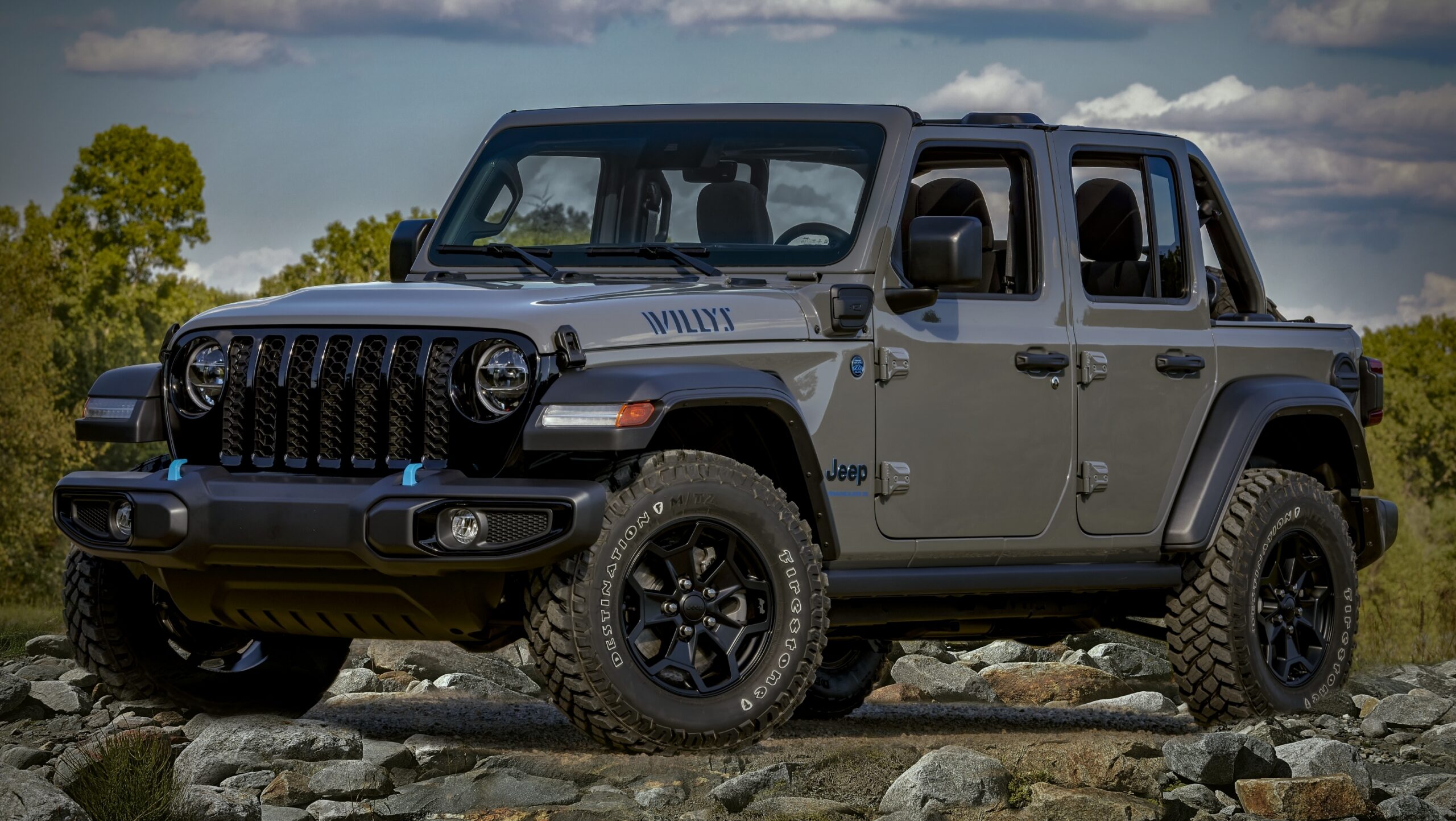
2. The Modern 3.6L Pentastar V6:
- Years: Introduced in the JK Wrangler (2012-2018) and continues in the JL Wrangler (2018-present).
- Characteristics: This engine brought a significant leap in power, refinement, and fuel efficiency compared to its predecessors. It’s a dual overhead cam (DOHC) design, offering a smoother power delivery and better highway manners. It’s a versatile engine, also found in numerous other Chrysler, Dodge, and Ram vehicles.
- Power Output: Generates approximately 285 horsepower and 260 lb-ft of torque, providing ample power for both on-road acceleration and challenging off-road trails.

Both engines have distinct characteristics, and your choice will largely depend on your Wrangler’s model year and your specific needs. The 4.0L is a testament to rugged simplicity, while the 3.6L Pentastar represents modern engineering and efficiency.
Why Buy a Replacement Jeep Wrangler 6-Cylinder Engine?
The decision to purchase a replacement engine is often driven by necessity, but can also be an opportunity for improvement or restoration. Common scenarios include:
- Engine Failure: Catastrophic issues like a thrown rod, cracked block, severe overheating, or excessive oil consumption can render an engine irreparable or cost-prohibitive to fix.
- High Mileage Wear: While durable, all engines eventually wear out. A high-mileage engine might suffer from reduced compression, excessive oil burning, or persistent knocking noises, signaling it’s time for a replacement.
- Accident Damage: Front-end collisions can severely damage an engine, making replacement a more viable option than repair.
- Restoration Projects: Bringing an older, non-running Wrangler back to life often involves sourcing a reliable engine.
- Performance Upgrades/Swaps: Though less common for direct 6-cylinder replacements, some enthusiasts might swap a newer 3.6L into an older JK, or a factory 4.0L into a YJ for a fresh start.
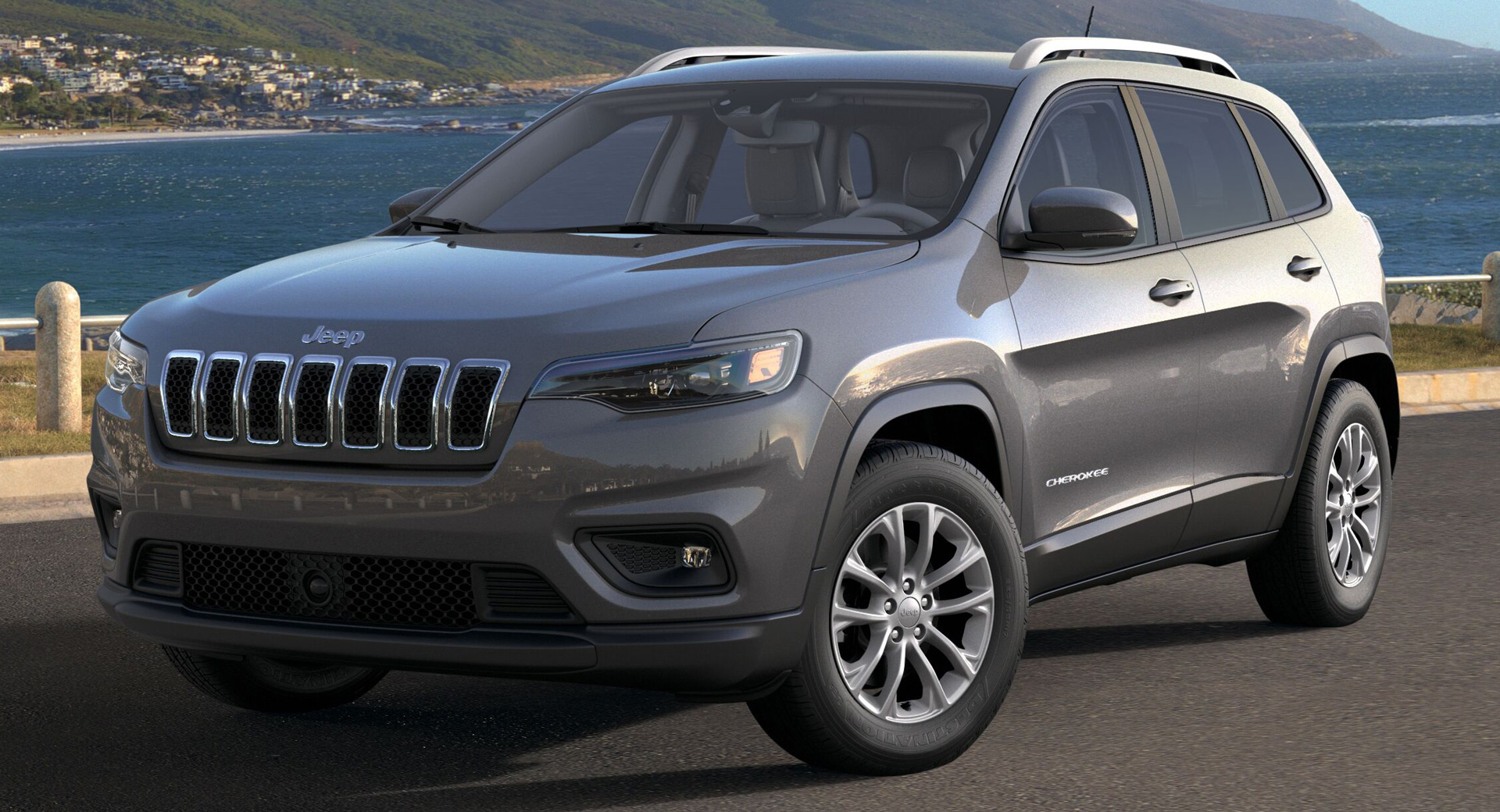
In many cases, replacing the engine is significantly more cost-effective than buying a new vehicle, especially if the rest of your Wrangler is in good condition and holds sentimental value.
Types of Jeep Wrangler 6-Cylinder Engines Available for Sale
Understanding the different categories of replacement engines is crucial for making an informed decision that balances cost, reliability, and warranty.
-
Used/Salvage Engines:
- Description: These engines are pulled from wrecked vehicles or those being dismantled. They are sold "as-is," with their condition directly dependent on the donor vehicle’s history and mileage.
- Pros: Most affordable option.
- Cons: Unknown history, potential hidden issues, usually no warranty (or very limited). Higher risk.
- Tips for Buying: Ask for video of it running, compression test results, detailed photos, and VIN of the donor vehicle. Purchase from reputable salvage yards or dismantlers.
-
Remanufactured/Rebuilt Engines:
- Description: These engines have been disassembled, thoroughly inspected, cleaned, and had worn or damaged components replaced with new or reconditioned parts (e.g., pistons, rings, bearings, camshafts, valvetrain). They are reassembled to factory specifications.
- Pros: Significantly more reliable than used engines, often come with a warranty (1-3 years is common), cost-effective balance between new and used.
- Cons: More expensive than used engines.
- What to Look For: Reputable remanufacturers (e.g., Jasper Engines, ATK, Fraser), clear warranty terms (parts and labor), detailed list of replaced components.
-
New Crate Engines (OEM or Aftermarket):
- Description: These are brand-new engines, often direct from the manufacturer (OEM) or a specialized aftermarket performance company. They are ready to install.
- Pros: Highest reliability, full manufacturer warranty (often 3-7 years), peak performance, peace of mind.
- Cons: Most expensive option.
- When to Consider: Long-term investment, high-performance builds, or when absolute reliability is paramount and budget allows. New 4.0L crate engines are rare, often aftermarket or specialized builds.
Navigating the Market: Where to Find a Jeep Wrangler 6-Cylinder Engine For Sale
The market for replacement engines is vast. Knowing where to look can save you time, money, and headaches.
-
Online Marketplaces:
- eBay, Craigslist, Facebook Marketplace: Good for finding used engines, often from private sellers or smaller dismantlers. Exercise caution and verify seller reputation.
- Dedicated Auto Parts Sites (e.g., Car-Part.com, LKQOnline.com): These aggregate inventory from salvage yards across the country, making it easier to find specific engines.
-
Specialized Engine Suppliers/Remanufacturers:
- Companies like Jasper Engines & Transmissions, ATK Engines, Fraser Engines: These are dedicated to remanufacturing engines and typically offer strong warranties and technical support. Many local engine rebuilders also fall into this category.
-
Local Salvage Yards/Auto Recyclers:
- Visiting in person allows you to inspect the engine directly and potentially negotiate prices. Always ask about the donor vehicle’s history.
-
Dealerships (for New Crate Engines):
- Your local Jeep dealership can order new OEM crate engines, especially for newer models like the 3.6L Pentastar. This is often the most expensive route but guarantees an authentic new part.
-
Jeep Forums and Enthusiast Groups:
- Online communities (e.g., JL Wrangler Forums, JK Forum, JeepForum.com) often have "for sale" sections where members might be selling engines from parts vehicles or upgrades. These can be great for advice too.
Important Considerations Before Purchasing
Before you hand over your money, a thorough evaluation of several factors is critical:
- Engine Compatibility (Year, Model, Transmission): This is paramount. A 2012 JK 3.6L engine might have slight differences from a 2018 JK 3.6L, and certainly from a JL 3.6L. The VIN of your vehicle and the donor vehicle (if used) are your best friends for cross-referencing. Ensure it matches your transmission type (manual vs. automatic) as some engines have different flex plates/flywheels or sensor placements.
- Mileage and Condition (for Used Engines): Lower mileage is generally better. Ask for proof of mileage, if available. Look for signs of neglect, such as excessive sludge under the oil cap, rust, or obvious damage.
- Warranty: This is your safeguard. Understand what the warranty covers (parts only, or parts and labor?), its duration, and any conditions that might void it (e.g., professional installation required, specific maintenance schedule).
- Included Components: Does the engine come as a "long block" (block, cylinder heads, oil pan, valve covers) or "complete" (with intake manifold, exhaust manifolds, throttle body, sensors, wiring harness, etc.)? A long block is more common and requires transferring many components from your old engine.
- Core Charge: Many sellers of remanufactured or new engines charge a "core charge" which is refunded when you return your old, rebuildable engine. Factor this into your initial budget.
- Shipping and Logistics: Engines are heavy. Get a clear shipping quote, including insurance. Discuss how it will be delivered (e.g., to a commercial address with a forklift, or residential with liftgate service). Inspect for damage upon delivery before signing.
- Installation Costs: If you’re not doing a DIY swap, get quotes from reputable mechanics. Engine swaps are labor-intensive.
Tips for a Successful Engine Purchase and Installation
- Do Your Homework: Research your specific Wrangler’s engine code and any known quirks or differences for various model years.
- Ask Detailed Questions: Don’t be afraid to grill the seller. For used engines, inquire about the donor vehicle’s history, reason for salvage, and any known issues.
- Get Everything in Writing: This includes warranty terms, return policies, and a list of included components.
- Inspect Thoroughly Upon Arrival: Before signing the delivery receipt, inspect the engine for external damage during shipping. Take photos.
- Budget for Ancillary Parts: Even with a "complete" engine, you’ll likely need new gaskets (oil pan, valve cover, intake manifold), spark plugs, engine oil, coolant, and possibly a new water pump, thermostat, or serpentine belt. These are inexpensive preventative measures during an engine swap.
- Professional Installation: Unless you are an experienced mechanic with the right tools, hiring a certified shop for installation is highly recommended. It ensures the job is done correctly and often preserves warranty validity.
Potential Challenges and Solutions
- "Lemon" Engine (Used): The biggest risk with used engines.
- Solution: Buy from reputable sellers with at least a short-term warranty. Get a pre-purchase inspection if possible (e.g., compression test, leak-down test).
- Compatibility Issues: Engine doesn’t fit or connect properly.
- Solution: Meticulously verify part numbers, VIN compatibility, and all mounting points before purchase.
- Shipping Damage: Engine arrives damaged during transit.
- Solution: Insist on insured shipping. Inspect immediately upon delivery and refuse delivery if significant damage is present, or note it clearly on the delivery receipt.
- Unexpected Installation Costs: More parts are needed than anticipated.
- Solution: Budget an additional 10-20% for unforeseen expenses like sensors, hoses, or specialty tools. Replace common wear items proactively.
Price Table: Estimated Costs for Jeep Wrangler 6-Cylinder Engines For Sale
Please note: Prices are estimates and can vary significantly based on engine condition, mileage, seller, warranty, current market demand, and geographic location. This table provides a general range for common scenarios.
| Engine Type/Model | Condition/Mileage | Warranty | Included Components | Estimated Price Range (USD) | Notes |
|---|---|---|---|---|---|
| 4.0L I6 (YJ/TJ – 1991-2006) | Used (High Mileage) | None/Limited | Long Block | $800 – $1,800 | Often requires significant cleaning, new seals; higher risk |
| 4.0L I6 (YJ/TJ – 1991-2006) | Used (Low Mileage) | Limited | Long Block | $1,800 – $3,000 | Harder to find in truly low-mileage condition; better starting point |
| 4.0L I6 (YJ/TJ – 1991-2006) | Remanufactured | 1-3 Years | Long Block | $2,800 – $4,500 | Good balance of cost & reliability; common for restoration |
| 4.0L I6 (YJ/TJ – 1991-2006) | New Crate (Aftermarket) | 3-5 Years | Long Block | $4,500 – $7,000+ | Less common for 4.0L; often from specialized builders |
| 3.6L Pentastar V6 (JK – 2012-2018) | Used (High Mileage) | None/Limited | Long Block | $1,500 – $3,500 | Varies widely based on donor vehicle and accident history |
| 3.6L Pentastar V6 (JK – 2012-2018) | Used (Low Mileage) | Limited | Long Block | $3,500 – $5,500 | More sought after; better chance of finding a solid unit |
| 3.6L Pentastar V6 (JK – 2012-2018) | Remanufactured | 3-5 Years | Long Block | $4,500 – $7,000 | Excellent reliability and value; popular choice |
| 3.6L Pentastar V6 (JL – 2018-Present) | Used (Low Mileage) | Limited | Long Block | $4,000 – $6,500 | Newer engines are pricier due to demand and less availability |
| 3.6L Pentastar V6 (JK/JL) | New Crate (OEM/Aftermarket) | 3-7 Years | Long Block/Complete | $6,000 – $10,000+ | Premium option; highest reliability and warranty |
| Installation Labor Costs | N/A | N/A | N/A | $800 – $2,500+ | Varies significantly by shop, region, and complexity of swap |
| Shipping Costs | N/A | N/A | N/A | $200 – $800 | Depends on distance, weight, and delivery method (residential/commercial) |
Frequently Asked Questions (FAQ)
Q1: What’s the main difference between a "long block" and a "complete" engine?
A1: A long block typically includes the engine block, cylinder heads, camshafts, crankshaft, pistons, and valve train. It usually comes without external components like the intake manifold, exhaust manifolds, throttle body, sensors, alternator, starter, power steering pump, etc. A complete engine (sometimes called "turn-key") includes most or all of these ancillary components, making it closer to ready for installation, but also significantly more expensive.
Q2: Can I put a 3.6L Pentastar engine in my older TJ (which originally had a 4.0L)?
A2: Yes, it’s possible, but it’s a complex and costly engine swap. It requires custom motor mounts, transmission adapter plates, custom exhaust, significant wiring harness modifications, and likely an aftermarket ECU. This is not a simple bolt-in operation and is best left to highly experienced mechanics or specialized shops.
Q3: How can I verify the mileage of a used engine?
A3: For used engines from salvage yards, they should be able to provide the VIN of the donor vehicle. You can then try to run a vehicle history report (like Carfax or AutoCheck) on that VIN, which may show the last recorded mileage. Be wary if a seller cannot provide the donor VIN.
Q4: What are common issues with the 3.6L Pentastar or 4.0L I6 I should be aware of?
A4:
- 4.0L I6: Known for oil leaks (rear main seal, oil filter adapter), exhaust manifold cracks, and occasional lifter noise. Most issues are minor and easily fixable.
- 3.6L Pentastar: Early versions (2012-2013) had some issues with cylinder head failure (specifically exhaust valve seats on the left cylinder head). This was largely addressed by Chrysler with improved heads. Newer models are generally robust. Occasional oil cooler leaks have been reported.
Q5: What supporting parts should I replace when installing a new or remanufactured engine?
A5: It’s highly recommended to replace the water pump, thermostat, all hoses (radiator, heater), serpentine belt, spark plugs, engine oil, oil filter, and coolant. Consider replacing the clutch (for manual transmissions) or checking the torque converter (for automatics) while the engine is out. All new gaskets and seals are a must.
Q6: How long does an engine swap typically take?
A6: For an experienced mechanic, a direct replacement (same engine type) can take anywhere from 10 to 20 hours of labor. If you’re doing it yourself, plan for several days to a week, especially if you encounter unexpected issues or need to source additional parts. Complex engine swaps (like 3.6L into a TJ) can take weeks or even months.
Conclusion
Finding the right "Jeep Wrangler 6 Cylinder Engine For Sale" can seem daunting, but with the right knowledge and approach, it’s a manageable and rewarding process. Whether you opt for a budget-friendly used engine, a reliable remanufactured unit, or a brand-new crate engine, understanding the types available, where to buy, and crucial considerations like compatibility and warranty are key.
The 4.0L inline-six and the 3.6L Pentastar V6 have both proven their mettle in the demanding world of Jeep Wranglers. By carefully evaluating your needs, budget, and risk tolerance, you can confidently acquire the heart your Wrangler needs to conquer more trails, explore new horizons, and continue its legacy of adventure for years to come. Your renewed Jeep Wrangler awaits!

